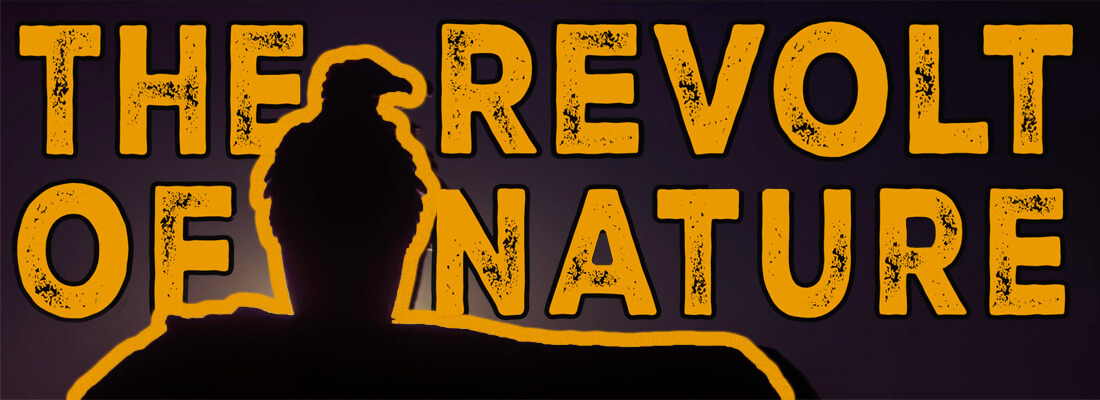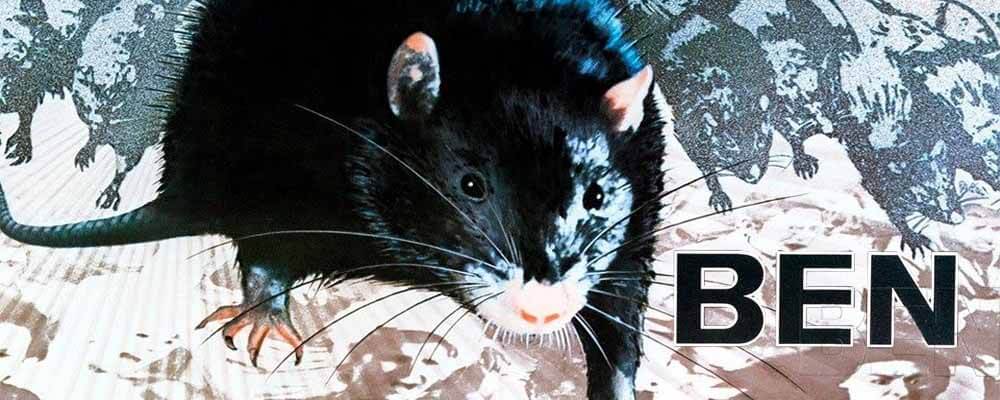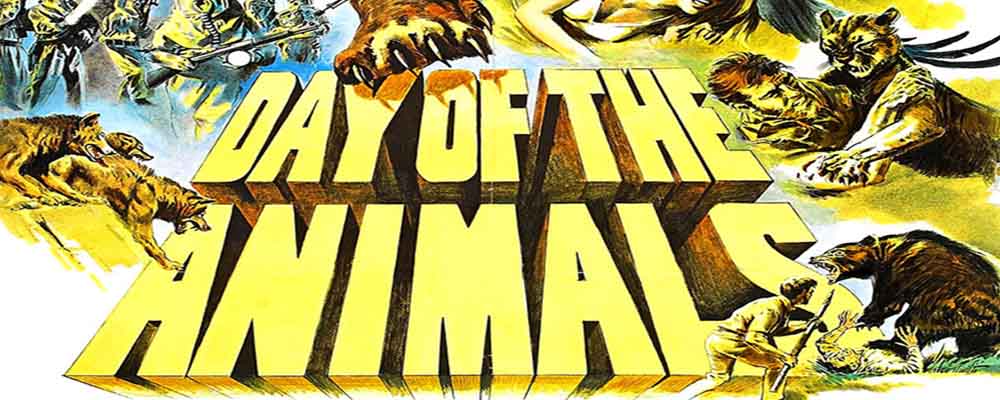
The Revolt of Nature sub-genre, also known as Natural Horror, consists of humans fighting for survival against plants, animals or other ecological terrors. Modern Natural Horror films trace their heritage back to two films, Alfred Hitchcock’s THE BIRDS (1963) and Steven Spielberg’s JAWS (1975), but the sub-genre has been around since the dawn of cinema.
The box office success of JAWS in the late 70s started a wave of Natural Horror movies, inspiring low-budget imitation films such as ORCA (1977), THE PACK (1977) and PIRANHA (1978). By the 90s, Natural Horror movies were common among summer blockbusters, with films like JURASSIC PARK (1993), ANACONDA (1997) and ARACHNOPHOBIA (1990) dominating the box office.
By the 2010s, the rise of digital cameras, cheap CGI and straight-to-DVD movies paved the way for micro-budget Natural Horror movies. Aided by these and other technological advancements, filmmakers sought to create movies from the 90s with budgets from the 70s, flooding the home video market with familiar favorites like MEGA SHARK VERSUS GIANT OCTOPUS (2009), SHARKNADO (2013) and ZOMBEAVERS (2014).
This August, Spectacle invites you to The Revolt of Nature. Return to where it all began with three 70s era Natural Horror films, only at Spectacle.

RAZORBACK
Dir. Russell Mulcahy. 1984.
Australia. 95 mins.
In English.
MONDAY, SEPTEMBER 4 – 10 PM
SATURDAY, SEPTEMBER 9 – MIDNIGHT
WEDNESDAY, SEPTEMBER 20 – 10 PM
FRIDAY, SEPTEMBER 22 – MIDNIGHT
An American wildlife activist goes missing in a town besieged by razorback boar attacks, and her husband travels to Australia to find her. When no one can tell him what happened to his missing wife, he soon suspects something even more sinister at play.
RAZORBACK is not a typical 80s creature feature. The influence of WAKE IN FRIGHT (1971), an Ozploitation staple, takes center stage as sweat and dirt ooze from the celluloid. The stunning visuals, shot by Academy Award-winning cinematographer Dean Semler, showcase the vastness of the Australian outback, creating an inescapable hellscape more deadly than the monster itself.
Australia is famous for its dangerous animals and miles of inhospitable land, so naturally some of the best Natural Horror movies were produced there. RAZORBACK was made during the peak of Australian exploitation cinema, also known as Ozploitation, and draws clear influences from its predecessors. RAZORBACK places you in a hallucinogenic fever dream of sand, sweat and dirt that will make you want to shower as soon as the credits roll.

BEN
Dir. Phil Karlson. 1972.
United States. 94 mins.
In English.
WEDNESDAY, SEPTEMBER 6 – 10 PM
TUESDAY, SEPTEMBER 12 – 7:30 PM
FRIDAY, SEPTEMBER 22 – 10 PM
MONDAY, SEPTEMBER 25 – 7:30 PM
A lonely boy named Danny befriends Ben, the rodent leader of a killer rat pack.
BEN (1972) is an exceptional sequel that aimed to capture the success of its predecessor, WILLARD (1971). The first movie tells the story of Willard, a young man driven mad by his grief, loneliness, and insufferable boss, who befriends a rat and attempts to train it in his basement. Where WILLARD is a character study of an introverted man, BEN documents the rodents that ravage the city, and its residents, while tracing the emotional relationship between Danny and Ben.
Michael Jackson’s “Ben” was written for the movie and is performed by Danny in a sweeping serenade to Ben during the film. The song earned BEN an Academy Award nomination and was the titular track of Michael Jackson’s second solo album.

DAY OF THE ANIMALS
Dir. William Girdler. 1977.
United States. 97 mins.
In English.
FRIDAY, SEPTEMBER 8 – MIDNIGHT
SATURDAY, SEPTEMBER 16 – MIDNIGHT
WEDNESDAY, SEPTEMBER 20 – 7:30 PM
MONDAY, SEPTEMBER 25 – 10 PM
Fluorocarbon gasses from aerosol cans damaged the ozone layer, and the dangerous level of ultraviolet rays affected animals in high altitudes. A group of hikers must fight for their lives as they experience the consequences of environmental apathy first-hand.
DAY OF THE ANIMALS (1977) was directed by Wiliam Girdler one year after his hit film GRIZZLY (1976). Both films share similar DNA, featuring live wild animals running amok, beautiful woodland settings, and Christopher George trying to save the day. Whereas GRIZZLY is widely considered a JAWS (1975) rip-off, DAY OF THE ANIMALS is an ecological thriller that showcases an environmentally conscious perspective.
When the movie was released, many critics were, unsurprisingly, dismissive of this ‘sci-fi’ film for its on-the-nose environmental themes. In one sense, the critics were indeed correct: DAY OF THE ANIMALS does place environmental themes front and center, with the opening title card reading, “This motion picture dramatizes what COULD happen in the near future IF we continue to do nothing to stop this damage to Nature’s protective shield for life on this planet.” Almost fifty years later, amid a climate of near-constant environmental catastrophe, DAY OF THE ANIMALS is more poignant than ever, and ready for reevaluation.
